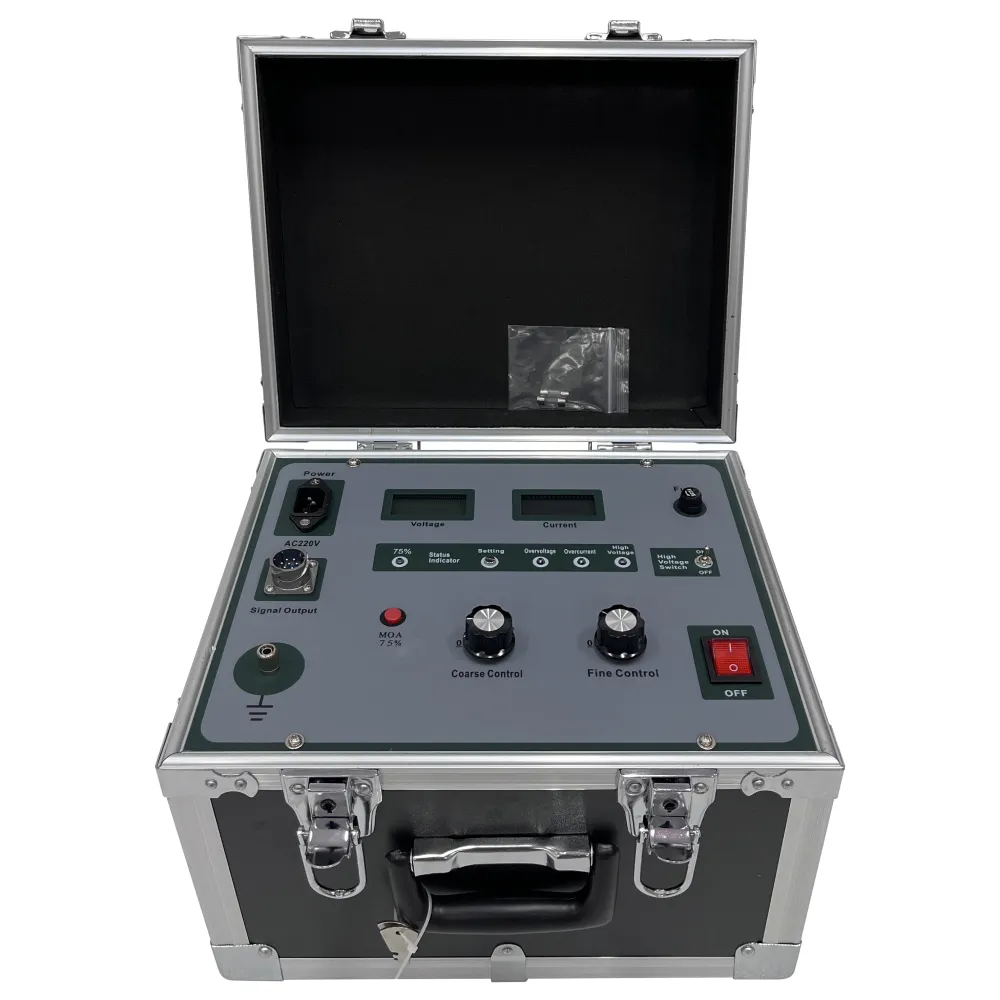 English
English



-
 Afrikaans
Afrikaans -
 Albanian
Albanian -
 Amharic
Amharic -
 Arabic
Arabic -
 Armenian
Armenian -
 Azerbaijani
Azerbaijani -
 Basque
Basque -
 Belarusian
Belarusian -
 Bengali
Bengali -
 Bosnian
Bosnian -
 Bulgarian
Bulgarian -
 Catalan
Catalan -
 Cebuano
Cebuano -
 China
China -
 China (Taiwan)
China (Taiwan) -
 Corsican
Corsican -
 Croatian
Croatian -
 Czech
Czech -
 Danish
Danish -
 Dutch
Dutch -
 English
English -
 Esperanto
Esperanto -
 Estonian
Estonian -
 Finnish
Finnish -
 French
French -
 Frisian
Frisian -
 Galician
Galician -
 Georgian
Georgian -
 German
German -
 Greek
Greek -
 Gujarati
Gujarati -
 Haitian Creole
Haitian Creole -
 hausa
hausa -
 hawaiian
hawaiian -
 Hebrew
Hebrew -
 Hindi
Hindi -
 Miao
Miao -
 Hungarian
Hungarian -
 Icelandic
Icelandic -
 igbo
igbo -
 Indonesian
Indonesian -
 irish
irish -
 Italian
Italian -
 Japanese
Japanese -
 Javanese
Javanese -
 Kannada
Kannada -
 kazakh
kazakh -
 Khmer
Khmer -
 Rwandese
Rwandese -
 Korean
Korean -
 Kurdish
Kurdish -
 Kyrgyz
Kyrgyz -
 Lao
Lao -
 Latin
Latin -
 Latvian
Latvian -
 Lithuanian
Lithuanian -
 Luxembourgish
Luxembourgish -
 Macedonian
Macedonian -
 Malgashi
Malgashi -
 Malay
Malay -
 Malayalam
Malayalam -
 Maltese
Maltese -
 Maori
Maori -
 Marathi
Marathi -
 Mongolian
Mongolian -
 Myanmar
Myanmar -
 Nepali
Nepali -
 Norwegian
Norwegian -
 Norwegian
Norwegian -
 Occitan
Occitan -
 Pashto
Pashto -
 Persian
Persian -
 Polish
Polish -
 Portuguese
Portuguese -
 Punjabi
Punjabi -
 Romanian
Romanian -
 Russian
Russian -
 Samoan
Samoan -
 Scottish Gaelic
Scottish Gaelic -
 Serbian
Serbian -
 Sesotho
Sesotho -
 Shona
Shona -
 Sindhi
Sindhi -
 Sinhala
Sinhala -
 Slovak
Slovak -
 Slovenian
Slovenian -
 Somali
Somali -
 Spanish
Spanish -
 Sundanese
Sundanese -
 Swahili
Swahili -
 Swedish
Swedish -
 Tagalog
Tagalog -
 Tajik
Tajik -
 Tamil
Tamil -
 Tatar
Tatar -
 Telugu
Telugu -
 Thai
Thai -
 Turkish
Turkish -
 Turkmen
Turkmen -
 Ukrainian
Ukrainian -
 Urdu
Urdu -
 Uighur
Uighur -
 Uzbek
Uzbek -
 Vietnamese
Vietnamese -
 Welsh
Welsh -
 Bantu
Bantu -
 Yiddish
Yiddish -
 Yoruba
Yoruba -
 Zulu
Zulu
Evaluating the Performance and Quality of Transformer Oil Through Comprehensive Testing Methods
Transformer Oil Testing Ensuring Reliability and Performance
Transformer oil, also known as insulating oil, plays a crucial role in the operation of transformers, which are vital components in electrical power distribution. This oil not only serves as an insulator to prevent electrical discharges but also plays a significant role in heat dissipation. To ensure the reliability and performance of transformers, regular testing and analysis of transformer oil are essential.
Importance of Transformer Oil Testing
The testing of transformer oil is a proactive measure to detect potential issues that could lead to transformer failure, which in turn can result in significant economic losses and safety hazards. Over time, transformer oil can degrade due to thermal oxidation, contamination, and moisture ingress, all of which can affect the oil's insulating properties and overall transformer performance.
One of the primary reasons for conducting transformer oil testing is to assess the oil's dielectric strength. This property indicates the oil's ability to withstand electrical stress without breaking down. A failure in insulation can lead to transformer faults, equipment damage, or even catastrophic failures. By regularly testing the dielectric strength, utilities can ensure that the oil remains effective as an insulator.
Key Tests and Analyzes
Several standard tests and procedures are adopted to evaluate transformer oil
. Here are some of the most significant onestransformer oil testing

1. Dielectric Strength Test This test measures the voltage at which the oil will break down. A higher dielectric strength indicates better insulating properties.
2. Moisture Content Analysis Water in transformer oil can significantly reduce its insulating properties. Techniques such as the Karl Fischer titration are employed to quantify the moisture content, with specific thresholds that signal the need for treatment or replacement.
3. Furan Analysis This test detects the presence of furan compounds, which are byproducts of insulation paper degradation. Elevated levels of furans can indicate issues within the transformer that may require further investigation.
4. Acidity and Neutralization Number Over time, transformer oil can become acidic, posing a risk of corrosion to transformer components. Testing the acidity helps to assess the oil’s condition and its remaining lifespan.
5. Dissolved Gas Analysis (DGA) This is one of the most critical tests for assessing the condition of the transformer. It involves analyzing the gases dissolved in the oil, which can indicate issues such as overheating, arcing, or insulation breakdown. The concentrations of gases like hydrogen, methane, ethane, and ethylene provide insight into the health of the transformer.
Conclusion
Regular transformer oil testing is not merely a regulatory requirement; it is an integral part of a transformer’s maintenance strategy. By implementing a thorough testing regime, utilities can identify potential problems before they escalate, ensuring the reliability and efficiency of power distribution systems. As the demand for energy continues to grow, maintaining the health of transformers through effective oil testing will play a vital role in supporting the stability and resilience of electrical grids. As technology advances, we can expect improvements in testing methodologies, enabling more precise and timely diagnostics that ultimately enhance the reliability of power systems worldwide.
-
Ensuring SF₆ Gas Safety: Introducing PUSH’s Integrated SF₆ Analyzer for Dew Point, Purity, and Decomposition MonitoringNewsJul.10,2025
-
Exploring the Main Types of Industrial Endoscopes and Their Applications Across IndustriesNewsJul.04,2025
-
Testing Equipment Industry Sees Major Advancements in 2025: Smart & Precision Technologies Lead the WayNewsJun.06,2025
-
Applications of Direct Current Generators in Renewable Energy SystemsNewsJun.05,2025
-
Hipot Tester Calibration and Accuracy GuidelinesNewsJun.05,2025
-
Digital Circuit Breaker Analyzer Features and BenefitsNewsJun.05,2025



